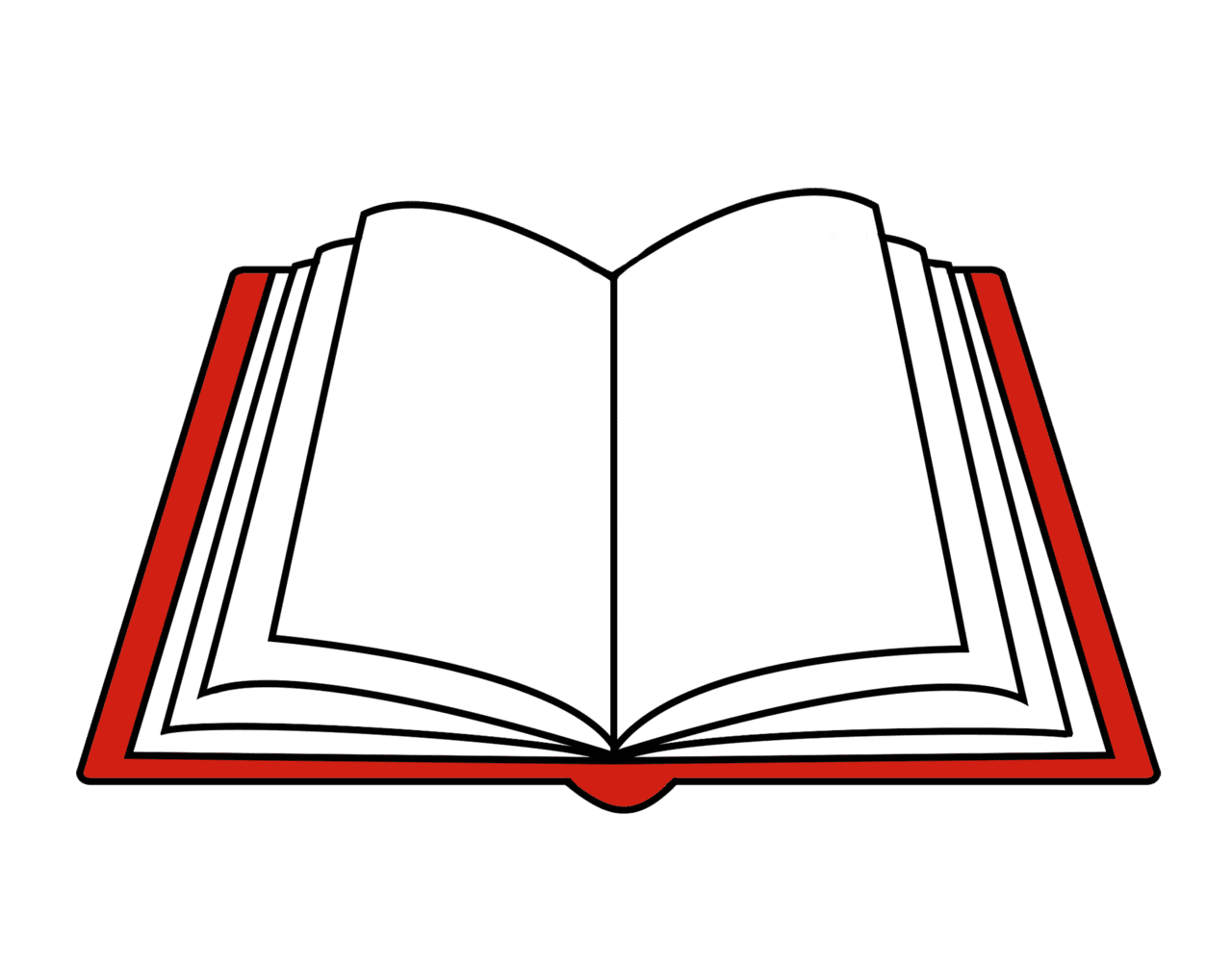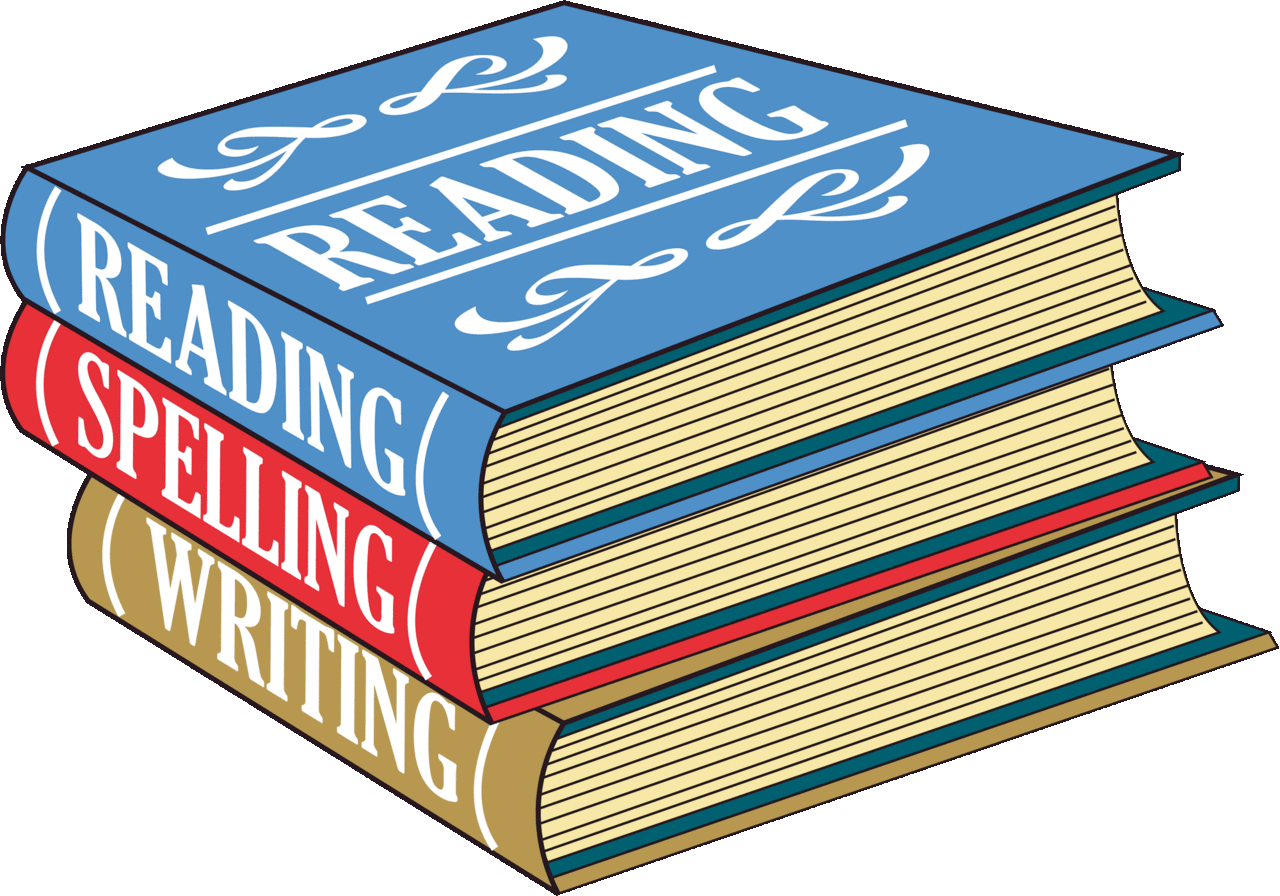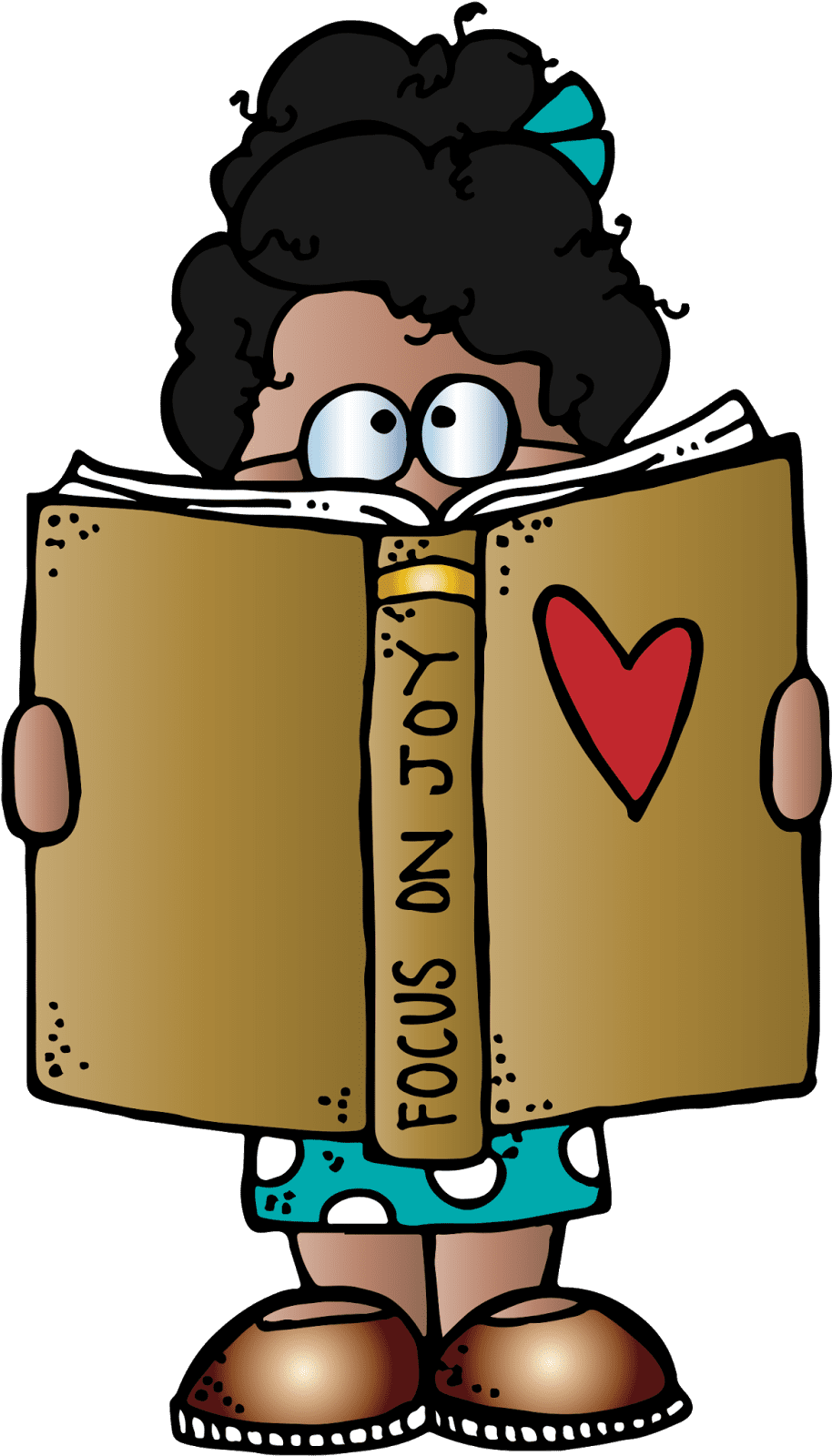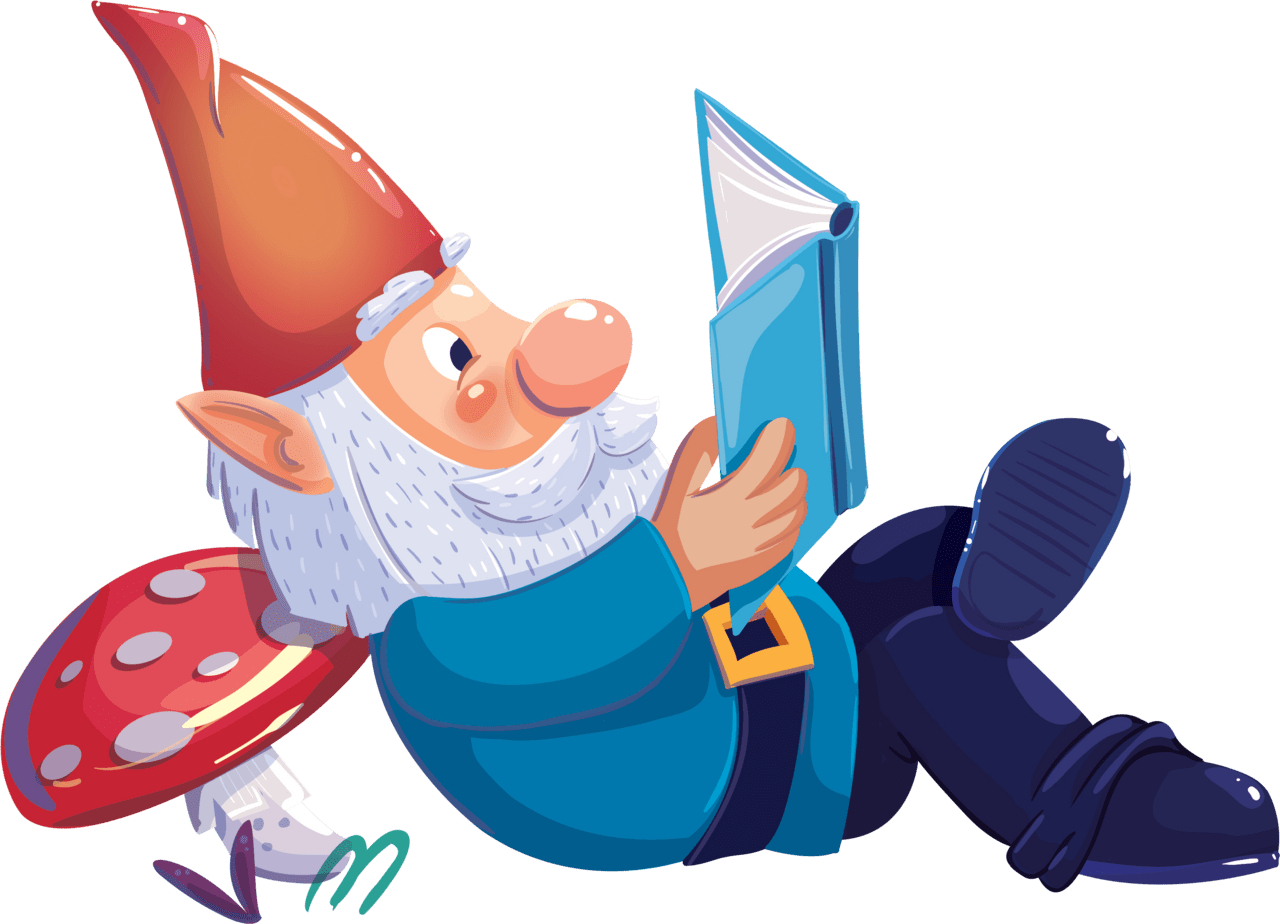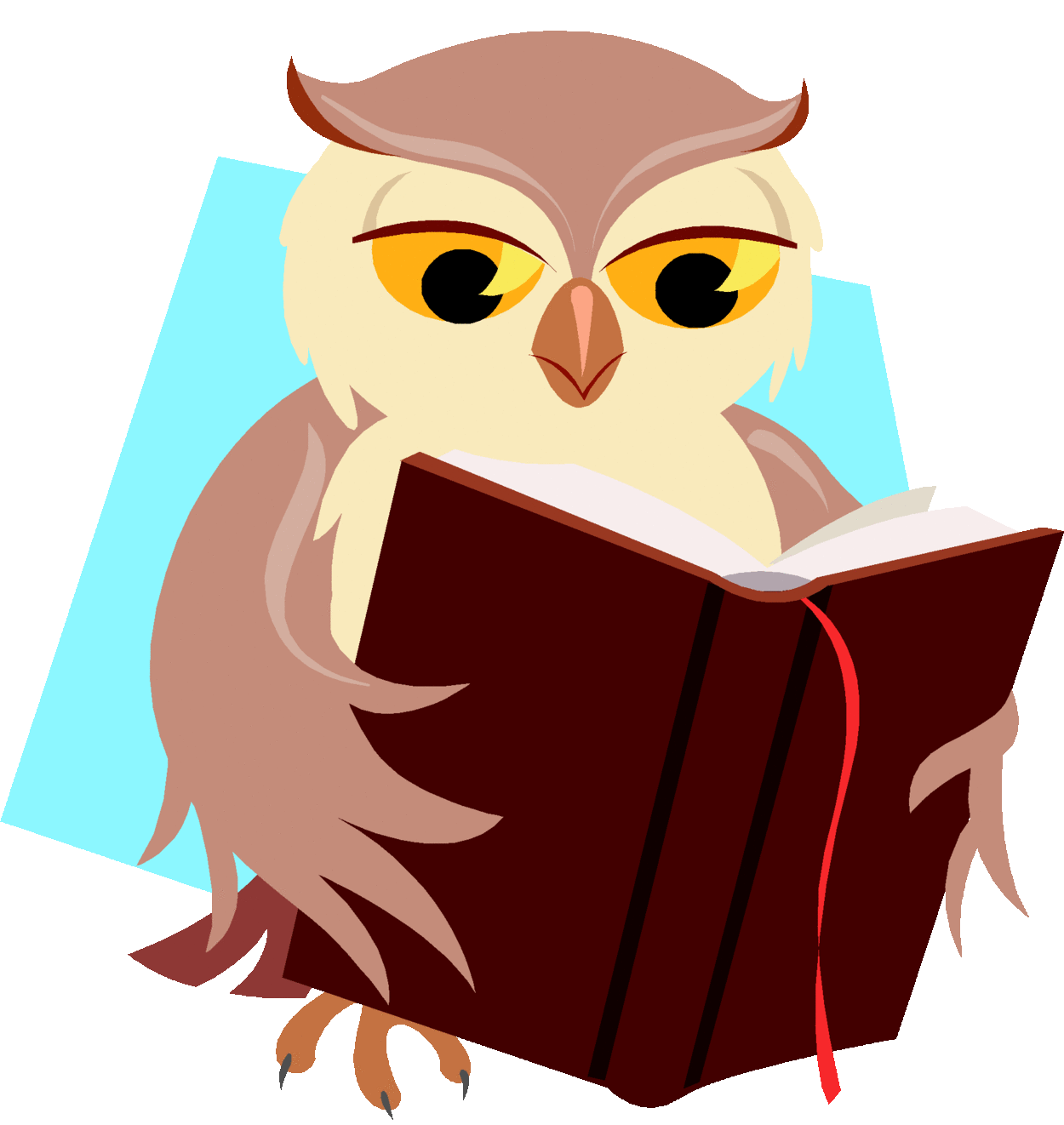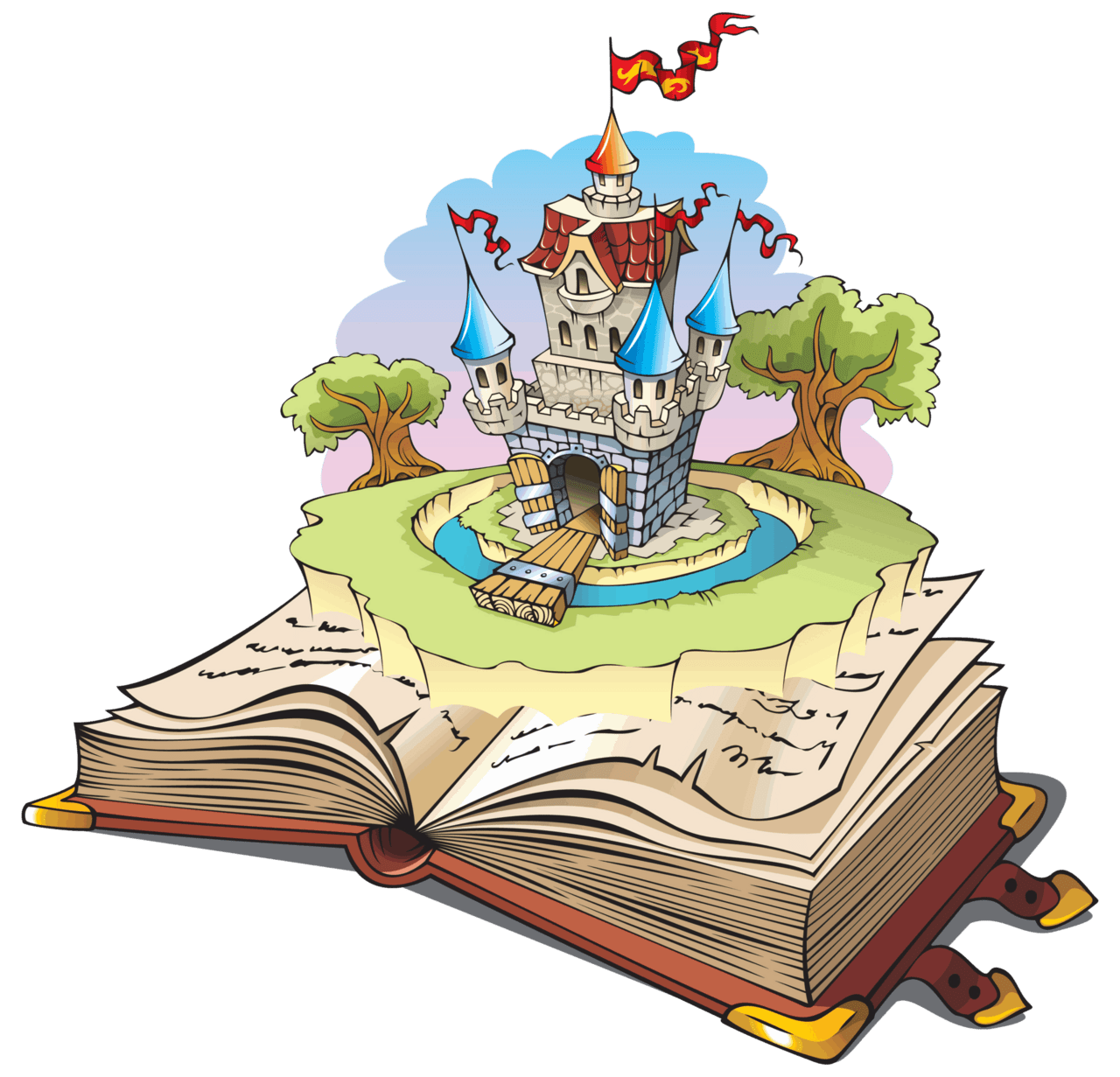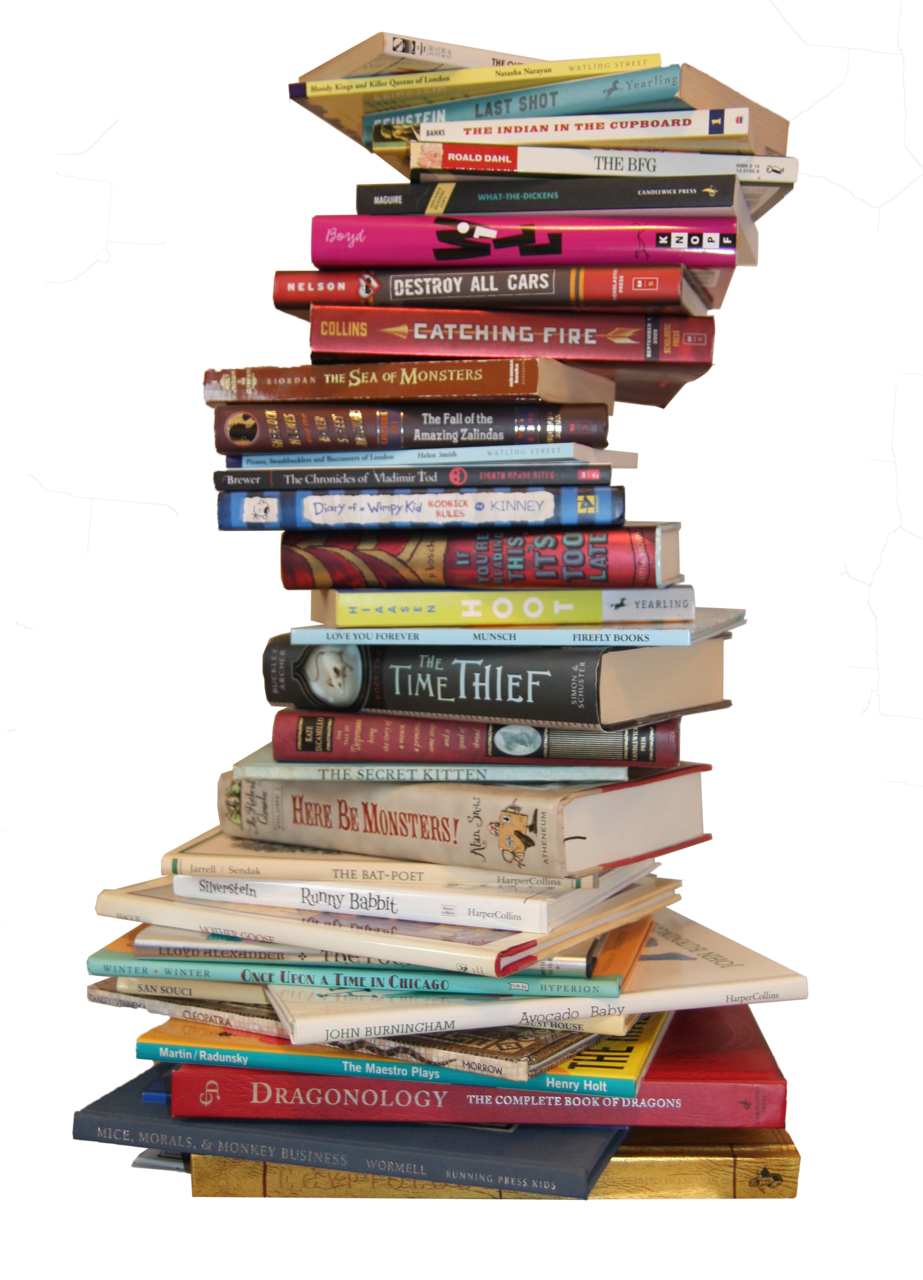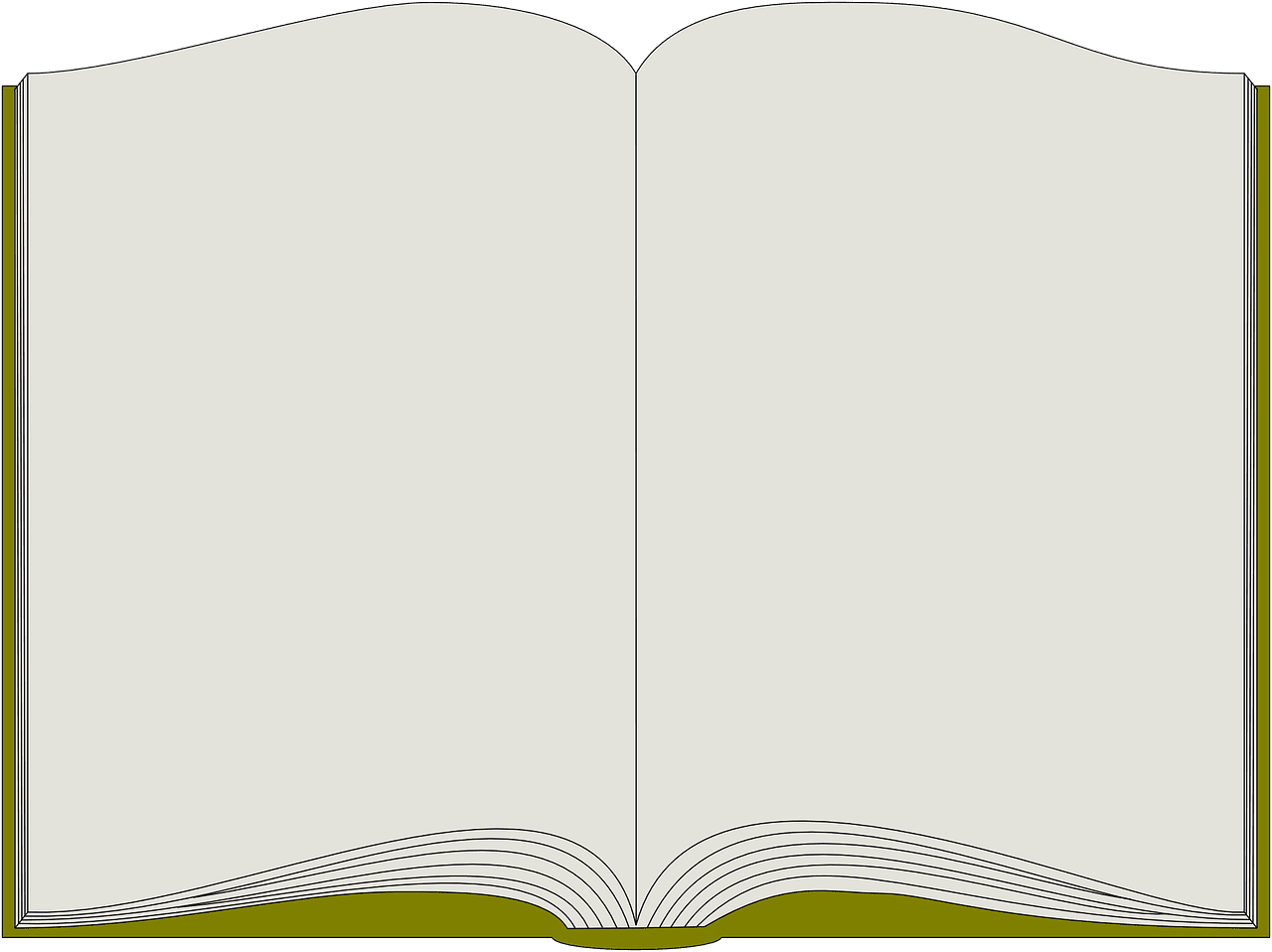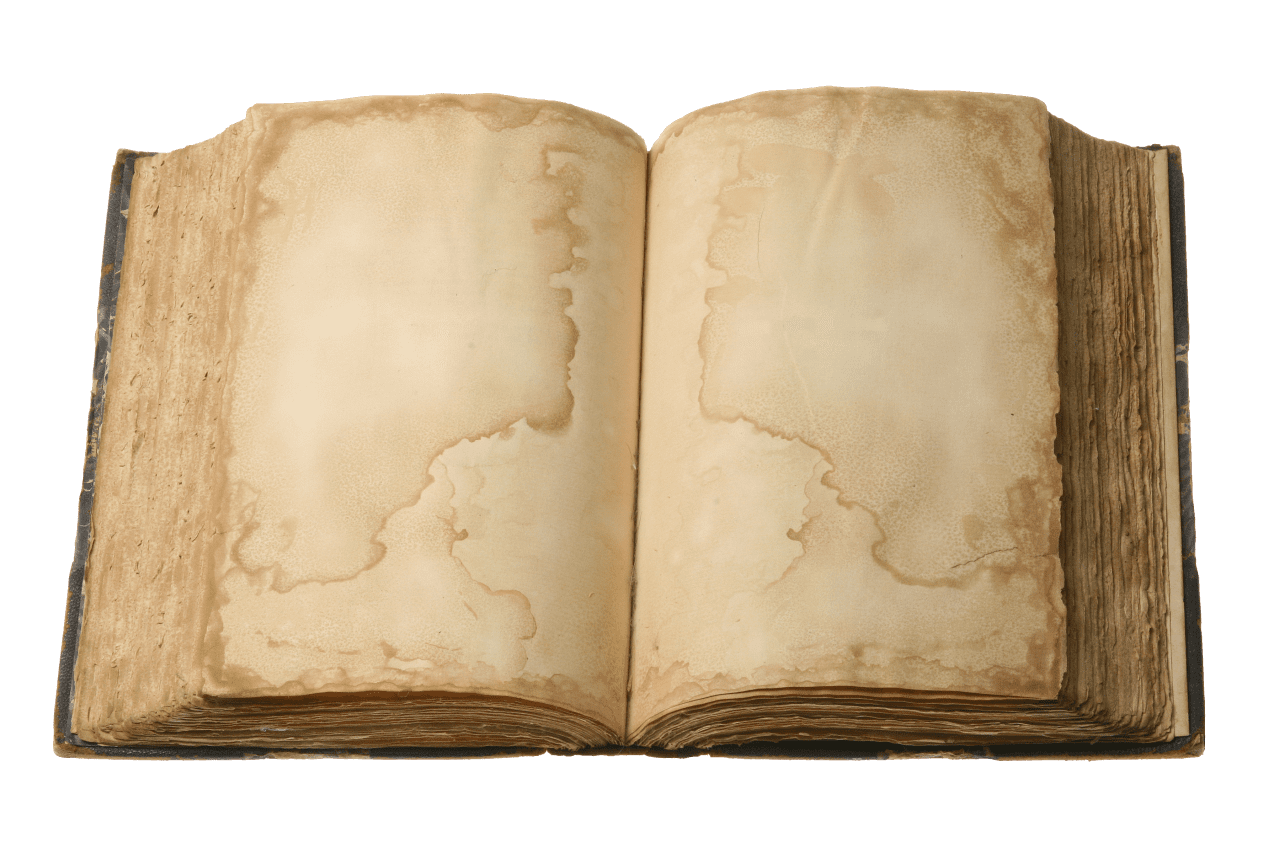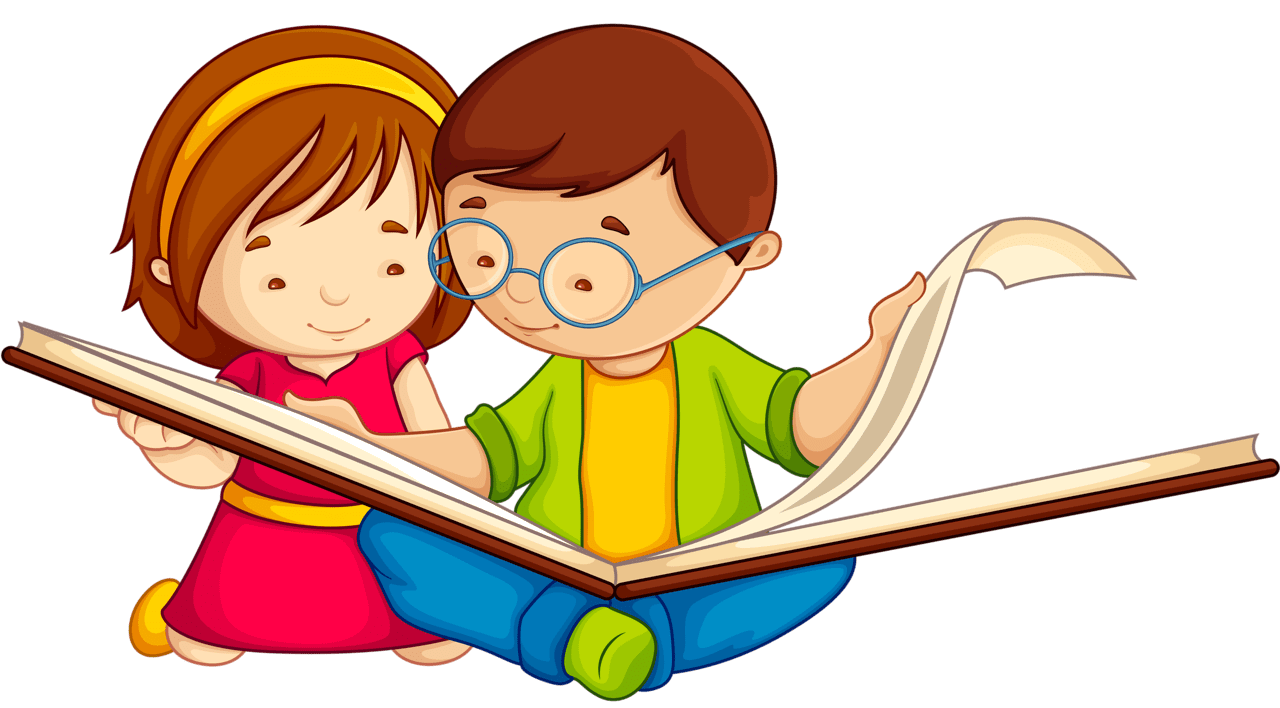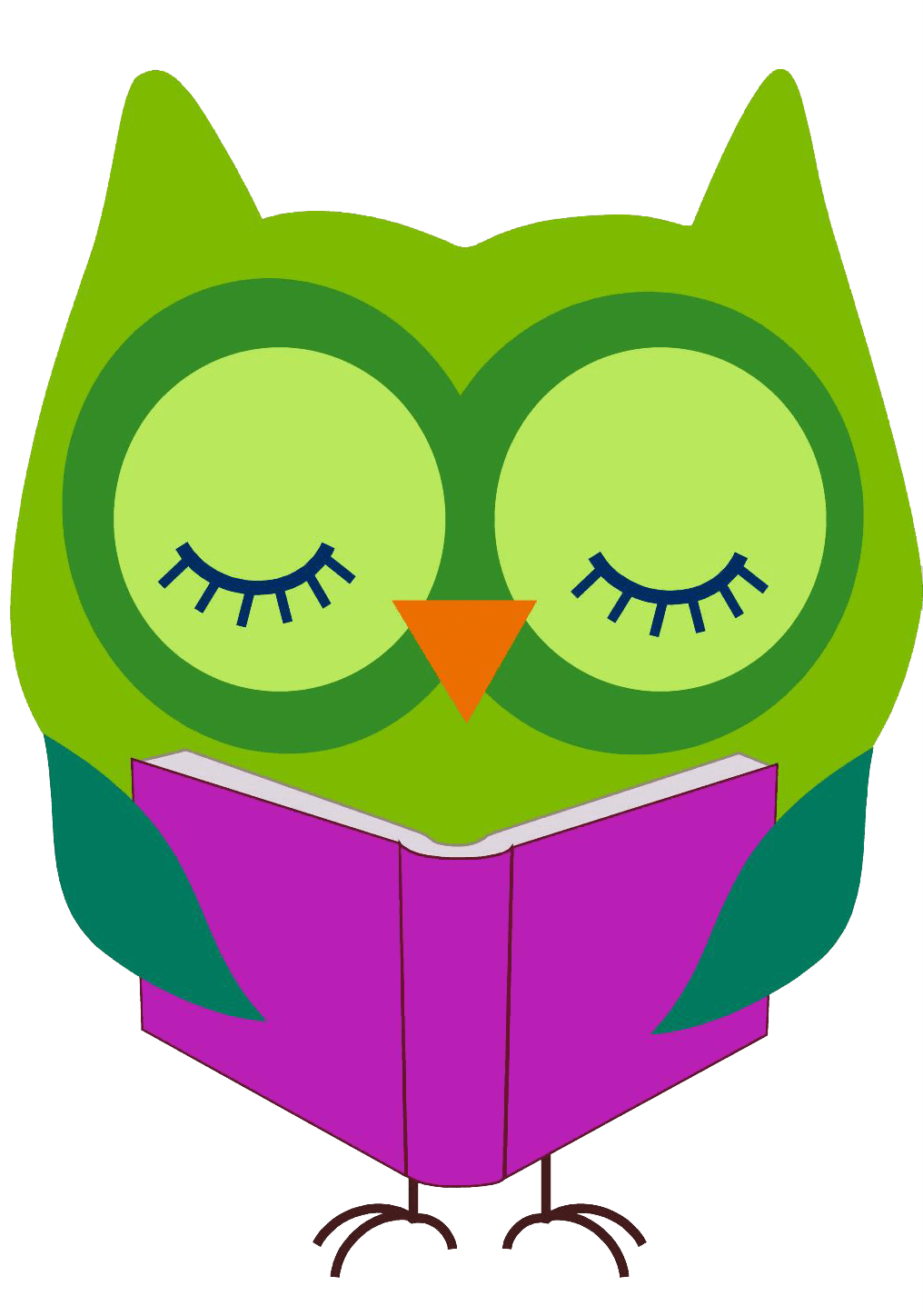Books have been an integral part of human history, enabling the recording and passage of information and stories from one generation to the next. Alongside the evolution of books, book-related imagery and clipart has also developed as a way to visually represent and decorate literary works. By examining the parallel histories of books and book clipart, we can better understand how these two facets of human culture have influenced one another over the centuries.
The Early History of Books
Humans began recording information on stone tablets and papyrus scrolls over 5,000 years ago, but the oldest known bound books date back to around 2,500 BCE in Ancient Egypt. These early books were made of papyrus sheets stitched and glued together along one edge. This basic style of book construction remained largely unchanged for nearly 2,000 years. During this period, imagery and decoration related to literary works usually took the form of hand-painted illustrations and illuminated letters on manuscripts produced by monasteries.
The next major innovation came with the spread of the printing press across Europe in the 15th century. This technology automated book production through the use of movable type, allowing books to be printed faster and become more widely available. Woodcut images carved out of blocks began supplementing hand illumination as a way to decorate early printed books affordably. These woodcuts established some of the earliest forms of imagery directly related to book culture as we know it today.
The Stylization of Book Clip Art Emerges
Through the 16th, 17th, and 18th centuries, wood engraving and copperplate etching further expanded the possibilities for inexpensive book illustration. Books also started to be bound in leather over boards for increased durability. Yet book imagery remained grounded in literal representations, mostly consisting of uniform book shapes often embellished with decorative tooling mimicking metals or fabrics. By the early 19th century, steel engraving gave illustrators the precision needed to experiment with more stylized and symbolic visual forms. Books began being depicted from different angles with more detail as book clipart branched off into its own distinctive artistic style even though major printing innovations like lithography and chromolithography also enabled the proliferation of increasingly elaborate illustrations integrated into book interior design.
The Arts & Crafts movement of the late 19th and early 20th centuries rediscovered traditional methods of bookbinding and decoration, influencing many early examples of what we recognize today as book-related clipart. Basic book shapes and supports like shelves, desks, and tables began being rendered in flat silhouette style for use on posters, signage, and various printed materials associated with literary culture. Early graphic designers focused on reducing book imagery to simplified lines and forms – without much shading or detail – that could be neatly reproduced through commercial printing processes.
At the same time, the explosion of visual advertising that defined the Industrial Revolution depended heavily on imagery of books and reading to help sell everything from newspapers to eyeglasses by linking products with perceptions of knowledge and sophistication. These advertising trends further cemented the iconic status of books in both commerce and popular culture. Book-related clipart emerged as a distinct commercial design style based around visual shortcuts for signaling literary themes and ideals.
The Digital Age of Book Clipart
By the mid-1900s, books with their prominent spines and clearly defined shapes had thoroughly permeated art and media as visual emblems for learning and education in general. Later in the 20th century, advancements in photography and scanning technology made more intricate clipart compositions possible. Digital methods also enhanced options for manipulating book images through filters, effects, and layering. In addition to faithfully rendering singular books, contemporary clipart creators now design lively scenes populated by multiple stylized books, often interacting with people, objects, or backgrounds related to literature, education, libraries, and bookstores.
In just the past few decades, the explosion of digital devices and internet communication has radically expanded public access to all varieties of media content including modern book clipart. Online image galleries make finding and downloading stylized book graphics quicker and easier than ever before. Amateur designers now routinely utilize book-themed clipart to create everything from blog headers to posters, t-shirts, and greeting cards celebrating their love of reading.
At the same time, concerns over intellectual property rights inherently limit what existing book intellectual properties can appear in commercial clipart widely distributed online. So the book images populating digital clipart tend to feature completely fictitious covers and titles, staying away from any designs directly associated with copyrighted literary works. But while the content visually implied may be fabricated, the continued presence of books themselves in clipart and decorative design reflects their still significant cultural status in the digital age.
Even with the rise of ebooks and online media overtaking print publishing in many domains, traditional codices clearly maintain their prominence as visual metaphors for knowledge, imagination, and intellectual engagement. As a dominant symbol woven through history, art, commerce, and communication, depictions of books seem highly unlikely to vanish from clipart libraries anytime soon even as reading technologies advance into unknown territory. The resonant connection between books, learning, and creativity persists largely independent of the format, ensuring these core associations will carry forward whatever the next generation’s preferred reading medium might be.
So through tracing the parallel evolution of books and stylized book imagery across different eras, we witness a cycling of influence between advances in literary technology, decorative art formats, and visual communication trends. Looking back reminds us how even modern clipart remixing classic book-related imagery echoes values, meanings, and associations distilled from centuries of cultural experience with the written word. And however the future unfolds, the longevity of books as both practical objects and evocative symbols means stylized book clipart likely still has many unwritten chapters ahead capturing the essence of literary imagination in whatever new visual vocabularies await tomorrow.
Below clipartsign present 81 book clipart images free for design inspiration. Lets download Book Clipart that you want to use for personal uses.



